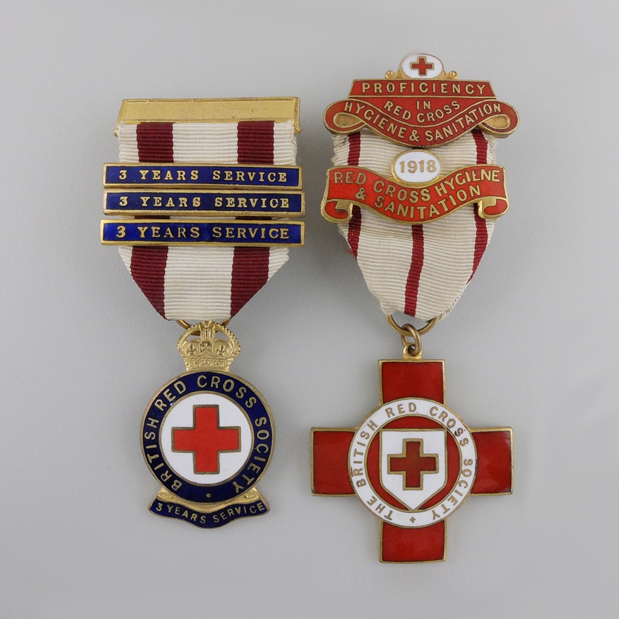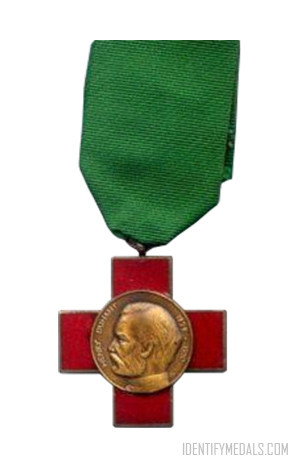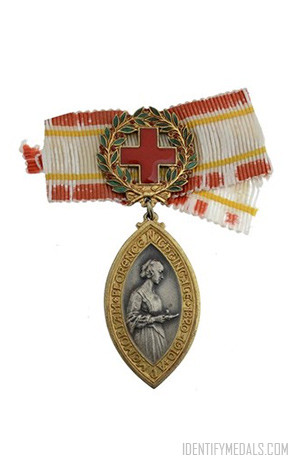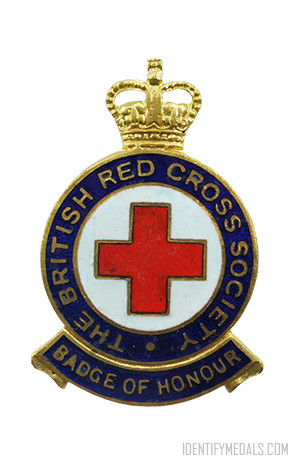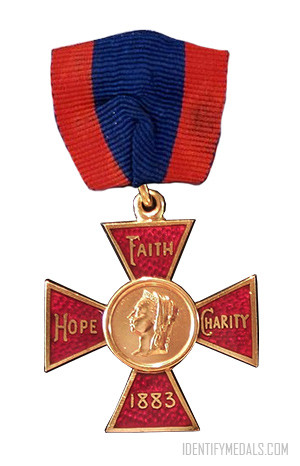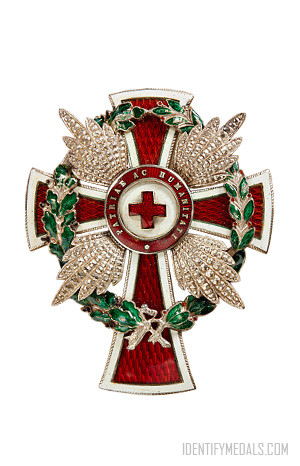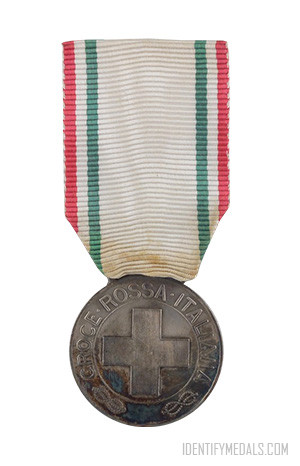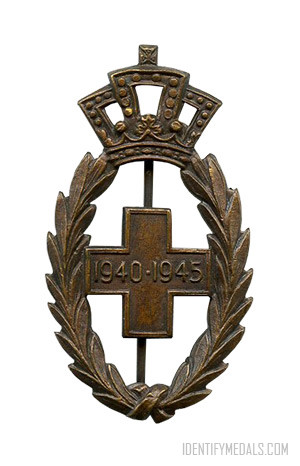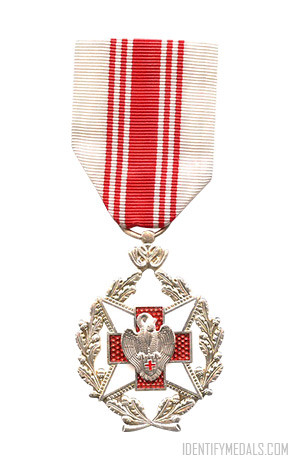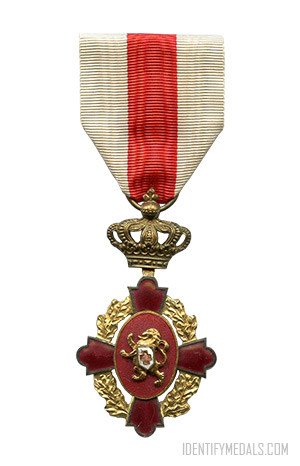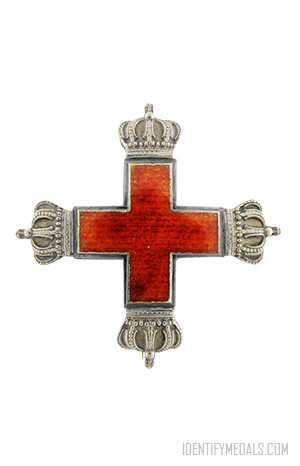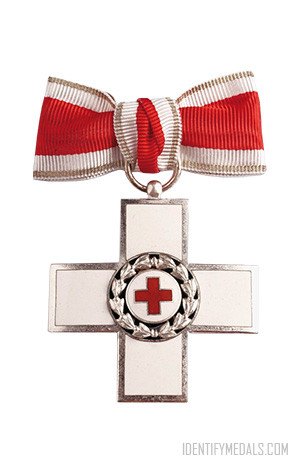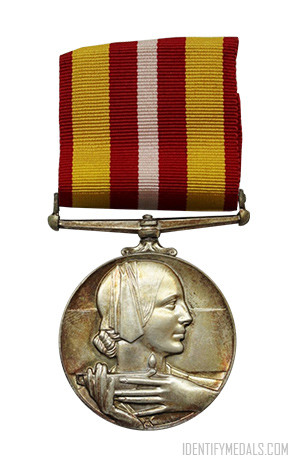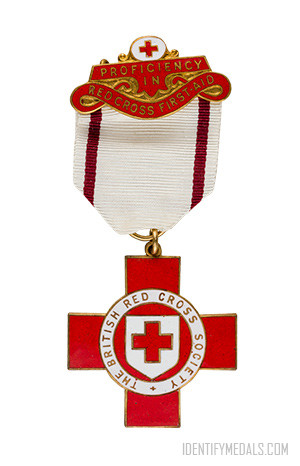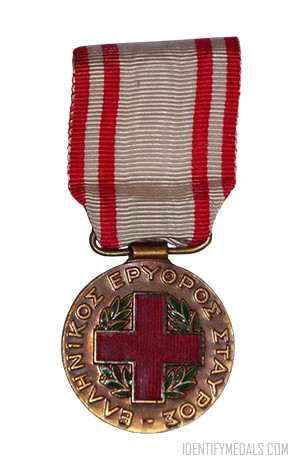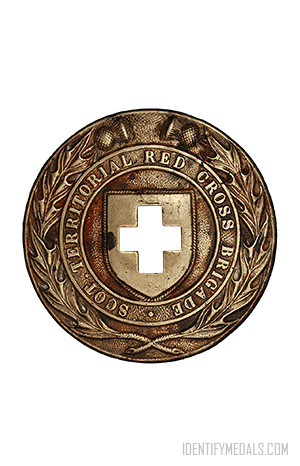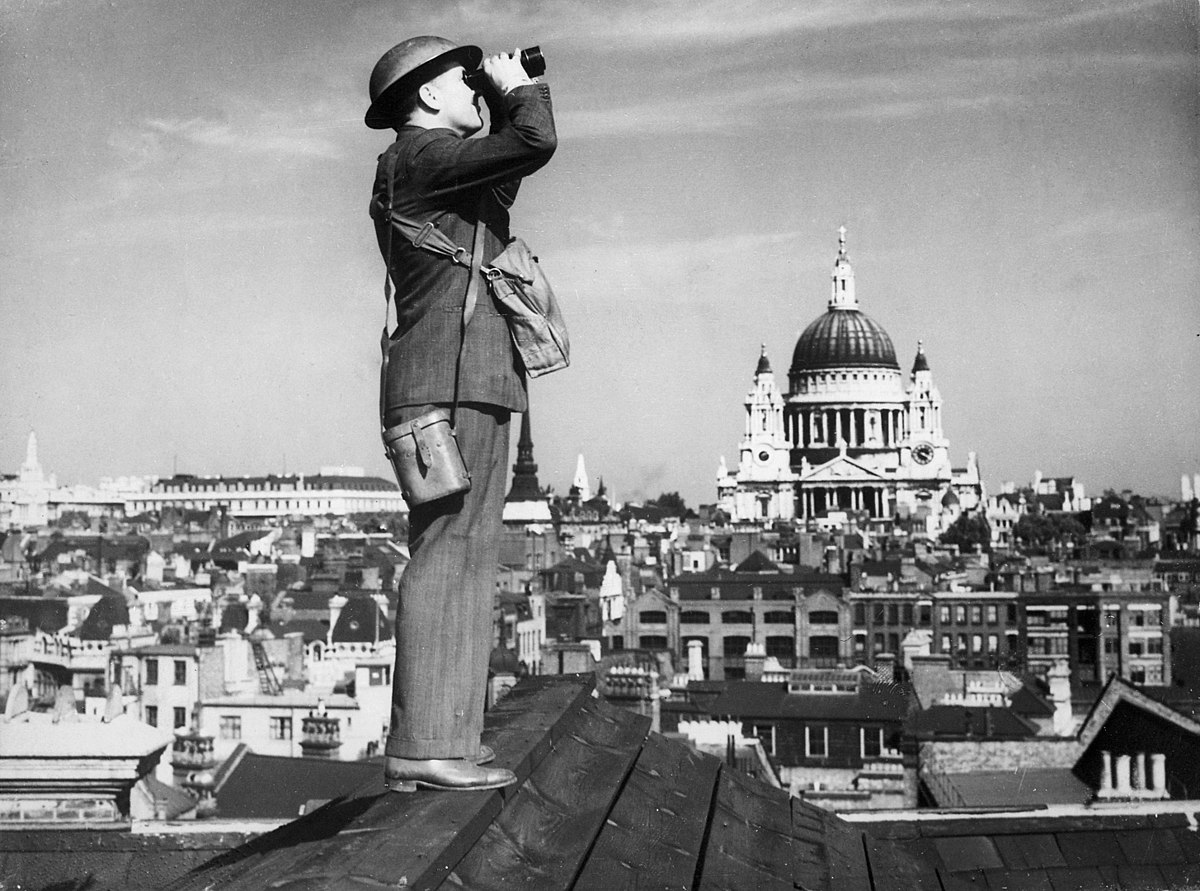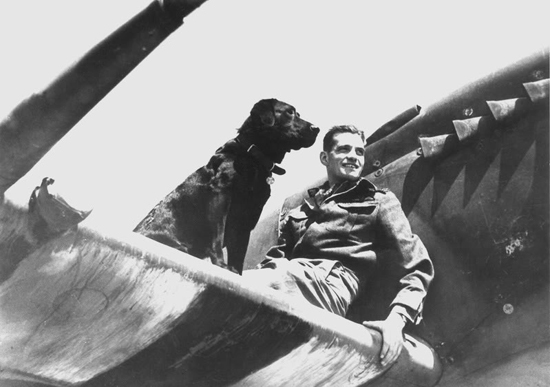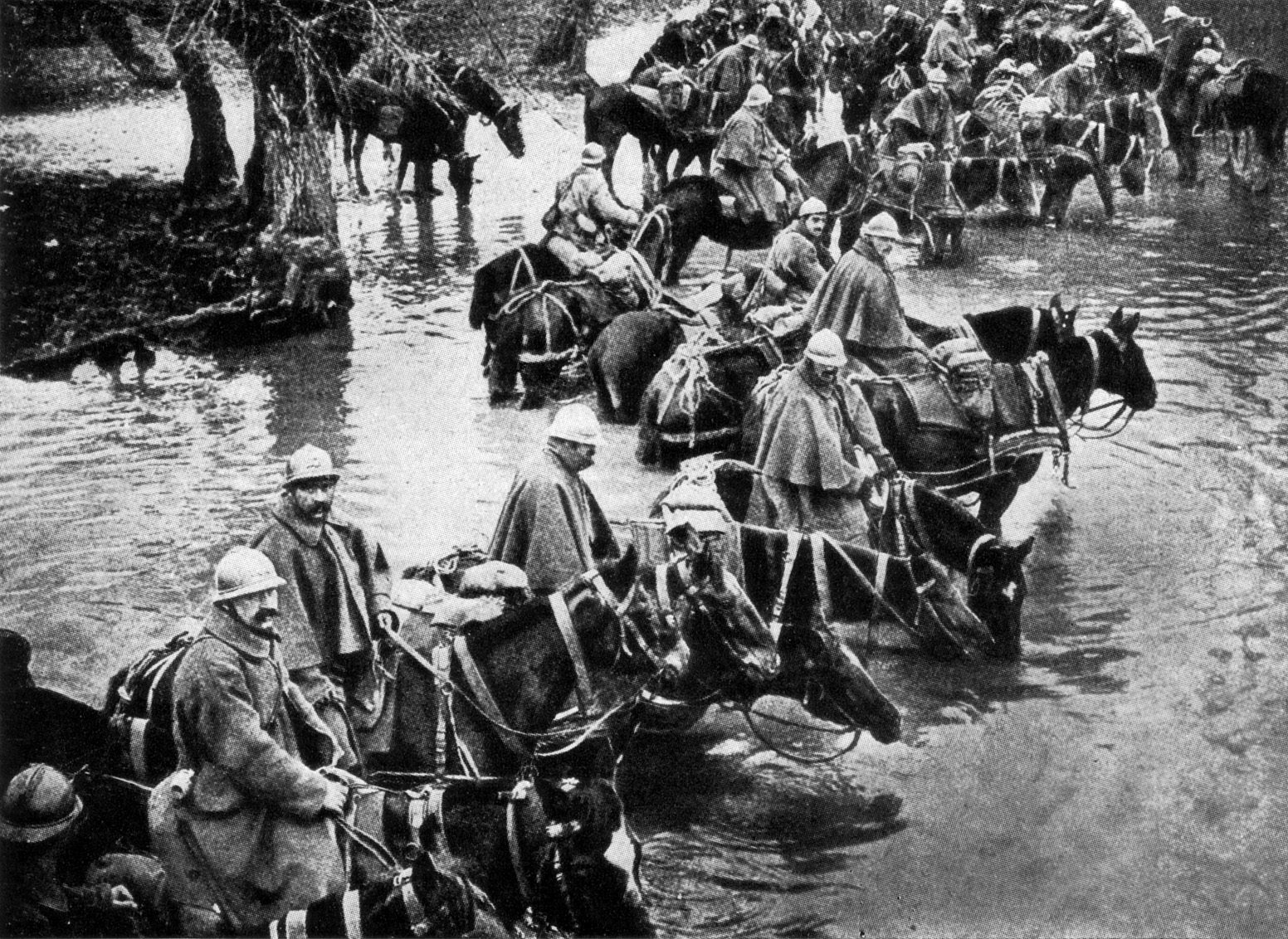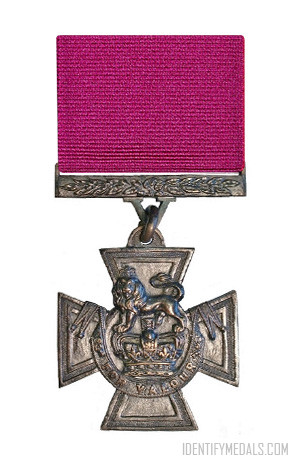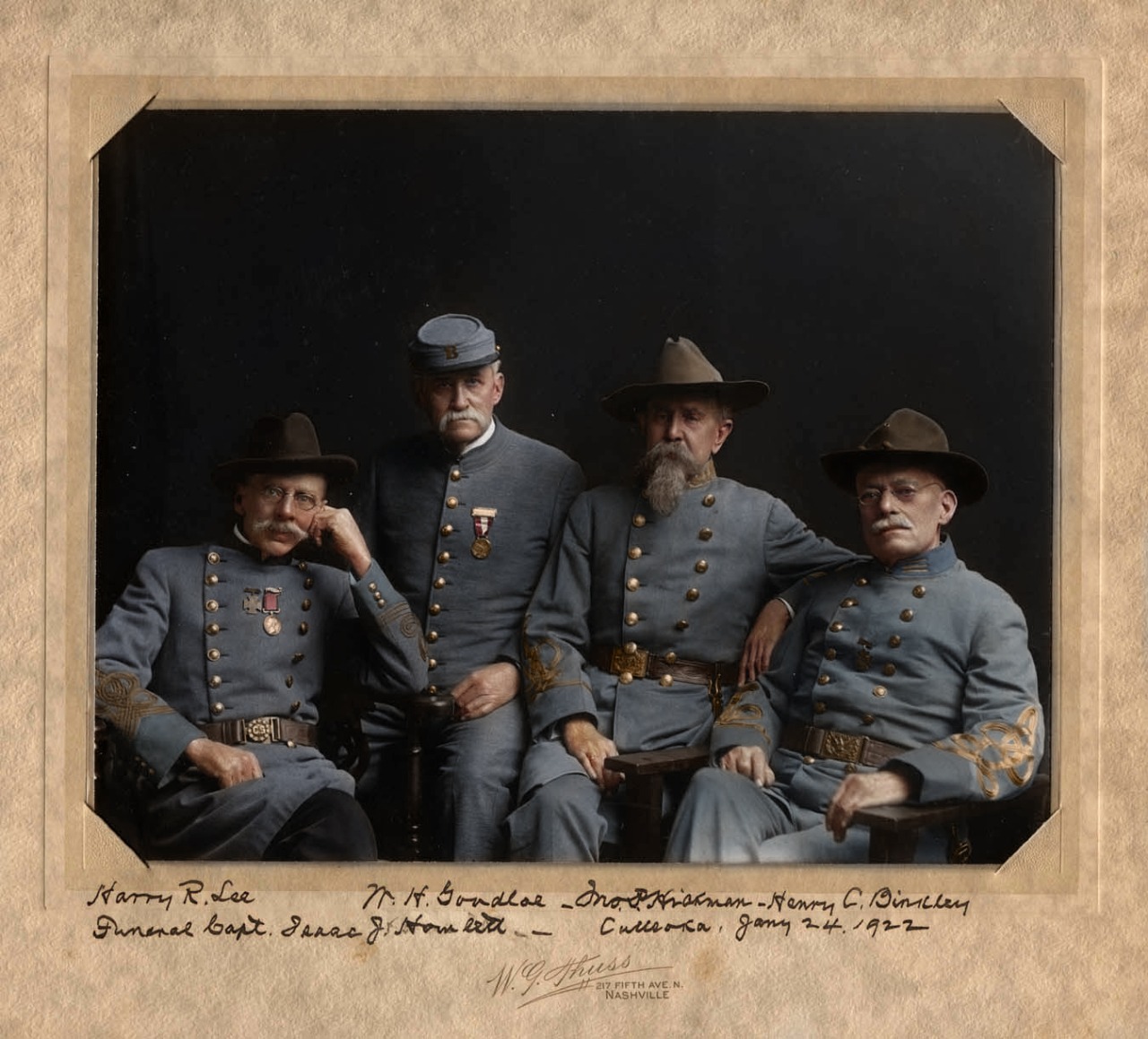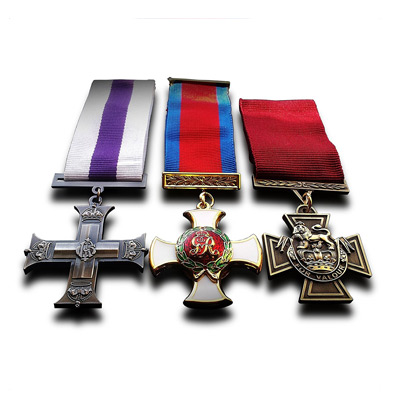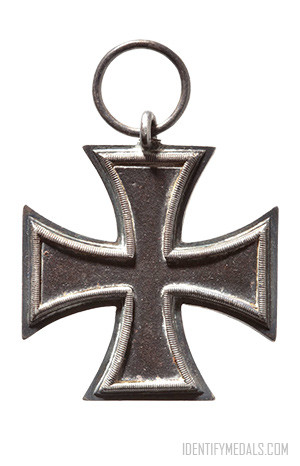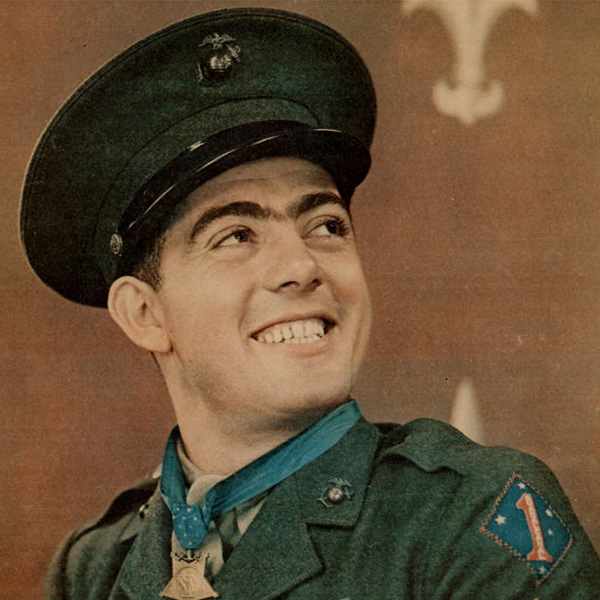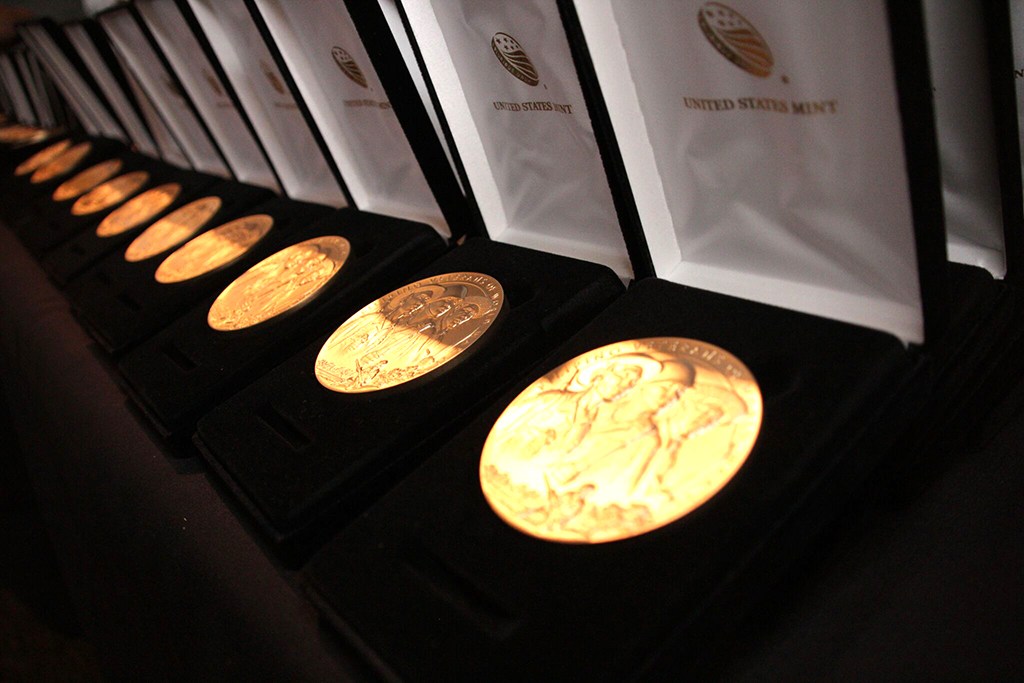Since the creation of the International Committee of the Red Cross in 1863, various Red Cross organizations and societies throughout the world have issued medals to award volunteers for meritorious service as well as to honor other individuals who have provided services of benefit to the Red Cross.
What is the Red Cross, and Why Does it Award Medals?
First conceived as a concept during the Battle of Solferino during the War of Italian Unification in 1859, the Red Cross became a reality thanks to the efforts of Swiss businessman Henry Dunant.
He had witnessed 40,000 dead and wounded men who had not received medical attention and wanted to establish an agency that would provide humanitarian aid during wartime protected by an international treaty that would recognize and uphold the neutrality of said agency.
Thus, in 1863, this agency became the International Committee of the Red Cross (ICRC) with the emblem of a red cross on a white background, which was the inverse of the Swiss flag. In 1864, the first Geneva Convention codified acceptable treatment of sick and wounded soldiers and was initially adopted by twelve nations. Due to these accomplishments, Dunant received the first Nobel Peace Prize in 1901.
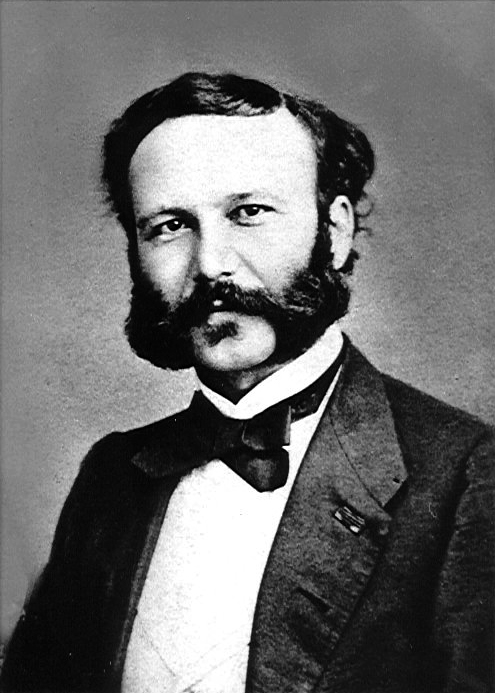
Even today, the highest award of the Red Cross Movement is the Henry Dunant Medal. Created 100 years after the establishment of the ICRC, the medal is named in honor of the founder of the International Red Cross. Thanks to the generosity of the Australian Red Cross, the medal was established by the International Red Cross Conference in Vienna in 1965, and the first medals were presented in 1969.
Awarded to
“recognize and reward outstanding services and acts of great devotion, mainly of international significance, to the cause of the Red Cross/Red Crescent by any of its members,”
only five Henry Dunant Medals are awarded every two years to maintain the prestige of the Red Cross’s highest honor.
Similarly, the Florence Nightingale Medal, named in honor of the famous 19th century nurse, is awarded by the International Committee of the Red Cross to nurses or nursing aides who distinguished times either in peace or war. In addition, it may be awarded posthumously if the recipient died working in a conflict zone. First established in 1912, the medal was initially restricted to females, which would not change until 1991 when it was opened to both men and women.
The Henry Dunant Medal and the Florence Nightingale Medal
The Henry Dunant Medal and the Florence Nightingale Medal are some of the most prestigious awards one can receive from the Red Cross, but there are a plethora of awards given from various local and national societies.
After the establishment of the ICRC in 1863, it encouraged the creation of Red Cross societies which are now known as the International Federation of Red Cross and Red Crescent Societies. They are independent of the ICRC, as the ICRC acts as a liaison between the societies.
In 1881, Clara Barton, who is known for her efforts to improve nursing during the American Civil War, and a group of associates founded the American Red Cross in 1881 after becoming aware of the ICRC while visiting Europe. During World War I, the American Red Cross experienced substantial growth, going from 17,000 members in 1914 to over 20 million adult and 11 million junior members in 1918.
The Red Cross in WW1
World War I in particular would see the rise of many Red Cross medals, although medals did exist before then. The medals often had a double purpose especially during World War I—to honor and commemorate acts of great valor and to raise funds for the Red Cross during and after the war.
If you search Red Cross medals online, you will be overwhelmed by the number of medals out there. It seems like every country has a medal for every event or conflict that has ever occurred.
You’ll find rare medals like the Belgian Red Cross, Cross of Recognition 1st class, which was the earliest and highest award given by the Belgian Red Cross to volunteers during the Franco-Prussian War of 1870-1871 as well as the Early Scottish Territorial Red Cross Brigade badge that was issued to registered members of the voluntary aid detachments and had to be purchased by the member.
While I could have chosen any number of Red Cross Medals as examples, several in particular stood out to me, as they illustrate the wide variety of medals that individuals who volunteered with the Red Cross could receive.
On December 28, 1908, a 7.1-magnitude earthquake struck the southern Italian towns of Sicily and Messina, followed by a crippling tsunami. Navy and merchant ships from France, Great Britain, Italy, and Russia came to provide assistance to the devastated region.
President Theodore Roosevelt even detoured the Great White Fleet, which had been circumnavigating the globe since December 1907 and had included 14,000 Sailors and Marines, in order to assist in the relief efforts. The Italian Red Cross Society commemorated the service of the Great White Fleet and others with the relief ribbon for earthquake relief efforts in Italy in 1908.
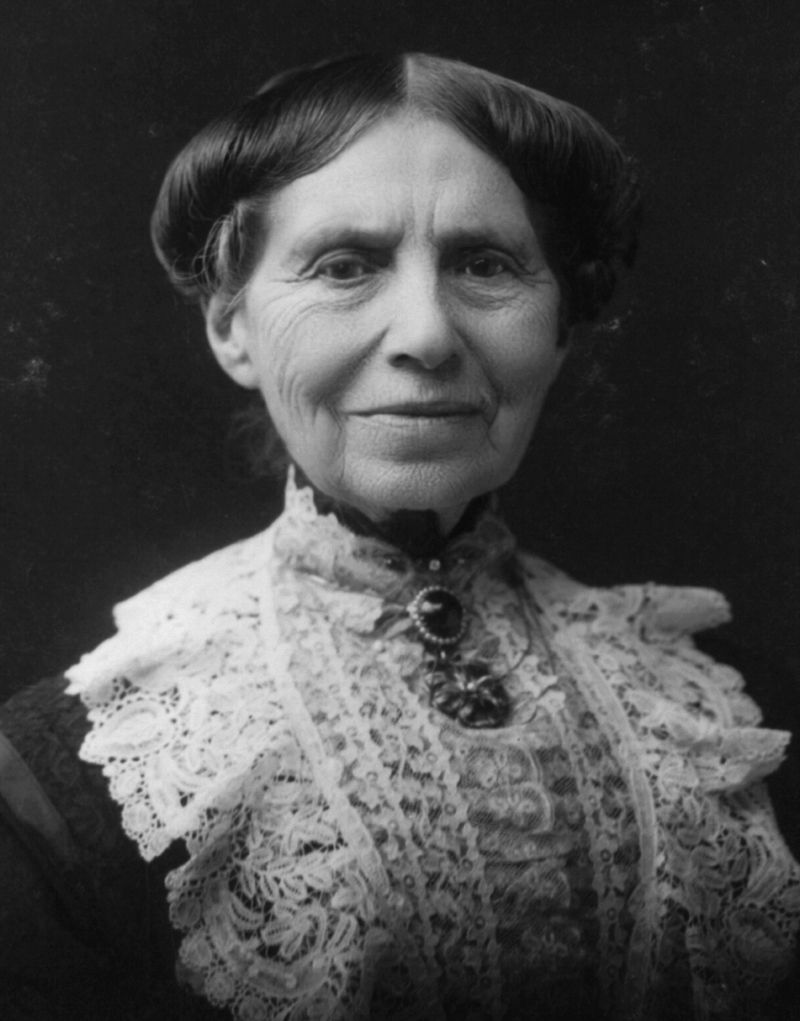
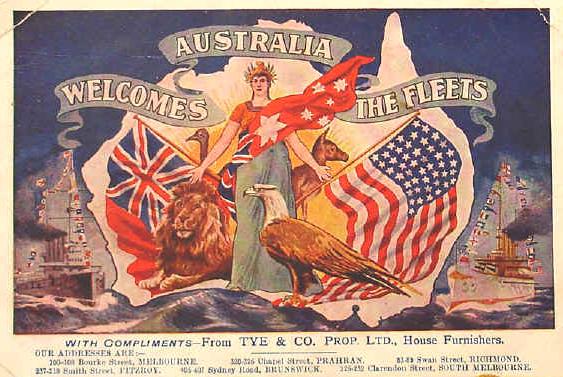
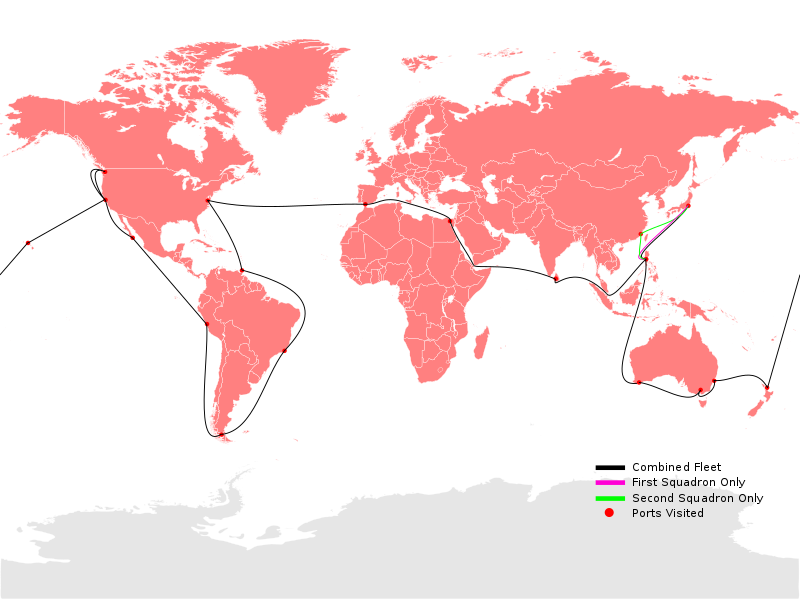
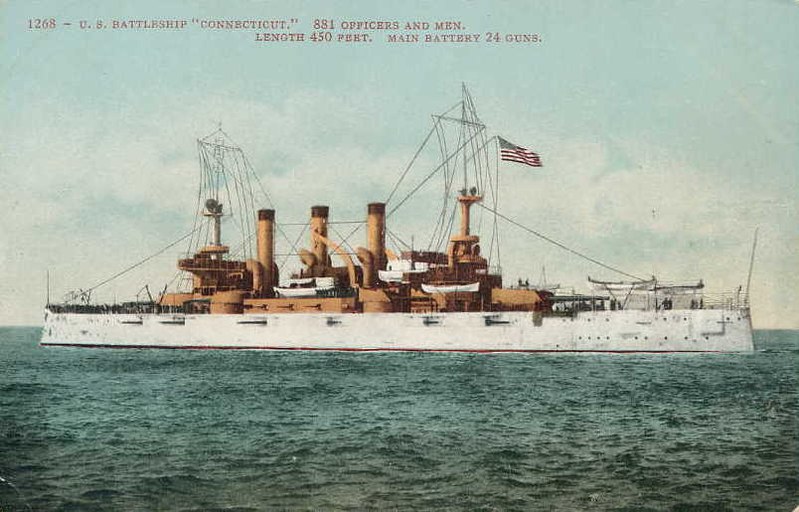
Another example was the British Red Cross medal awarded in 1921 to men and women who had volunteered during the First World War, who did not receive a British War Medal, and who had worked for 1,000 hours or 83 individual 12-hour shifts.
Many of the individuals who received the award worked on the Home Front in Great Britain in hospitals or nursing homes. Individuals who worked on the Front Line during the war—often as ambulance drivers or stretcher bearers—only had to have worked 500 hours to receive the medal.
Meant to be worn with a Red Cross uniform, the British Red Cross medal was an unofficial medal since it was not given by the government. Even so, over 40,000 people who had volunteered in the Red Cross during August 4, 1914 to December 31, 1919 received the award. Other countries that had Red Cross or Red Crescent Societies also gave out similar medals for service during World War I.
By contrast, the Royal Red Cross is a military decoration awarded in the United Kingdom and the Commonwealth for exceptional service in military nursing. Established on April 23, 1883 by Queen Victoria with a single class of Member, the Royal Red Cross was first awarded to Florence Nightingale. A second class of Associate would be added during World War I in November 1915.
Given to a fully trained military or civilian nurse of an officially recognized nursing service who shows exceptional devotion and competence in performing nursing duties over a substantial period of time or who has performed an exceptional act of bravery at his or her post of duty, the Royal Red Cross medal was exclusively conferred on women until 1967 when men became eligible. Similarly, in 1979, posthumous awards were permitted.
Both Members and Associates are entitled to use post-nominal letters, RRC and ARRC, respectively. While an initial award can be made in the first class, a second class holder—an Associate—will be promoted to the first class of Member if he or she receives a further award.
Kathleen Cambridge and the Royal Red Cross
In addition to Florence Nightingale, another prominent recipient of the Royal Red Cross was Kathleen Cambridge, who was part of a group of nurses affectionately nicknamed, “The Angels of Mons.” One of the first nurses to enter the battlefields of World War I, Cambridge convinced a Belgian family to turn their home into a hospital when she brought a group of wounded soldiers from the Battle of Mons.
Because Cambridge was not a member of the military, she was not entitled to any campaign medals. In 1916, however, Cambridge did join the Queen Alexandra’s Imperial Military Nursing Service, and King George V awarded Cambridge the Mons Star for her bravery. In 1919, she was awarded the Royal Red Cross.
All the Red Cross Medals
You can explore Red Cross medals here or go to the Red Cross Medals & Badges page.
Sources
- https://www.money.org/red-cross-medalshttp://rbsc.princeton.edu/thankful-nation/case/14
- https://www.history.navy.mil/content/history/nhhc/our-collections/artifacts/uniforms-and-personal-equipment/awards/medals/red-cross-relief-ribbon-1909.html
- https://www.mylearning.org/stories/ww1-medal-stories/724
Guest Contributor: Rachel Basinger is a former history teacher turned freelance writer and editor. She loves studying military history, especially the World Wars, and of course military medals. She has authored three history books for young adults and transcribed interviews of World War II veterans. In her free time, Rachel is a voracious reader and is a runner who completed her first half marathon in May 2019.

